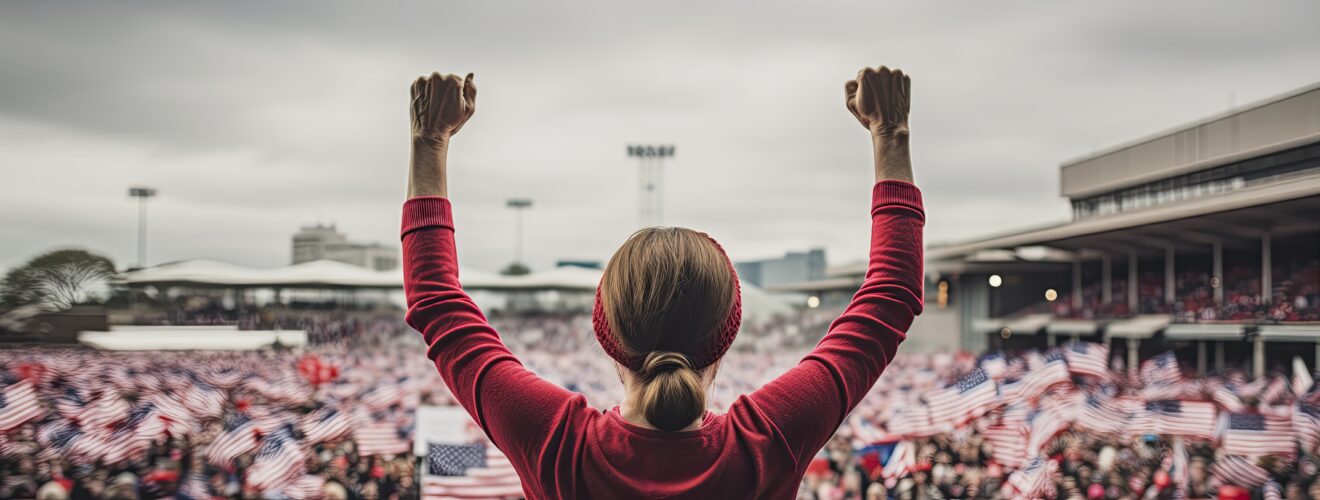Women’s Suffrage Movement – America
The Women’s Suffrage Movement, also known as the women’s liberation movement, was a social, political, and cultural campaign that sought to secure women’s right to vote and address broader issues of gender inequality. The movement spanned several decades and was a critical part of the larger struggle for women’s rights. Here are key points about the Women’s Suffrage Movement:
Origins and Early Advocacy
Seneca Falls Convention (1848)
The Seneca Falls Convention in New York marked the beginning of the organized women’s rights movement in the United States.
The Declaration of Sentiments, modeled after the Declaration of Independence, called for women’s right to vote.
Early Advocates
Key early advocates included Elizabeth Cady Stanton, Lucretia Mott, Susan B. Anthony, and Sojourner Truth, who fought for women’s rights and suffrage.
Suffrage Organizations
National American Woman Suffrage Association (NAWSA)
Formed in 1890 by the merger of two suffrage organizations, NAWSA became a leading force in the suffrage movement.
Leaders included Susan B. Anthony and Carrie Chapman Catt.
National Women’s Party (NWP)
The NWP, led by Alice Paul, employed more confrontational tactics such as picketing the White House and hunger strikes to demand suffrage.
Suffrage Amendments
19th Amendment (1920)
Ratified in 1920, the 19th Amendment to the U.S. Constitution granted women the right to vote, a culmination of decades of activism.
“The Susan B. Anthony Amendment” was a common name for the 19th Amendment.
Suffrage Strategies and Tactics
Suffrage Parades and Demonstrations
Suffragists organized parades and demonstrations to raise awareness and garner public support.
Silent Sentinels
The Silent Sentinels were a group of women who picketed the White House for months, facing arrests and mistreatment.
Political Lobbying
Suffragists engaged in political lobbying at the state and federal levels, working to persuade legislators to support women’s suffrage.
Post-Suffrage Achievements
Equal Rights Amendment (ERA)
The ERA, proposed in 1923, sought to guarantee equal rights regardless of sex and became a focal point for later feminist movements.
Continued Activism
After achieving suffrage, women continued to advocate for gender equality in areas such as education, employment, and reproductive rights.
Global Impact
International Women’s Suffrage Movement
The Women’s Suffrage Movement in the United States was part of a broader global movement for women’s rights and suffrage.
United Nations and Women’s Rights
The United Nations later adopted the Universal Declaration of Human Rights, which includes principles of equality regardless of gender.
Legacy
Feminist Movements
The Women’s Suffrage Movement laid the groundwork for subsequent feminist movements in the 20th and 21st centuries.
Women’s Empowerment
Women’s suffrage was a crucial step toward women’s empowerment, influencing societal attitudes and structures.
The Women’s Suffrage Movement played a pivotal role in advancing women’s rights and reshaping societal norms, contributing to the ongoing struggle for gender equality.









